Cards
(QUICK LINKS: Decks | plants | mammals | birds | | reptiles | fish | cephalopoda | insects | microbe | events
( scientist | project | modifier | technique |)

Climate Change
Event Card
Play: Place this card on top of any SPECIES card.
Effect: The SPECIES card is IMMEDIATELY discarded. In the same action, this EVENT card then moves to an adjacent SPECIES card. A game of rock-paper-scissors determines whether this 2nd SPECIES card is also discarded. Continue moving the EVENT card and removing SPECIES cards until your opponent wins at rock-paper-scissors. This card can only be played once per game.

Ciliophrys
Heliozea type

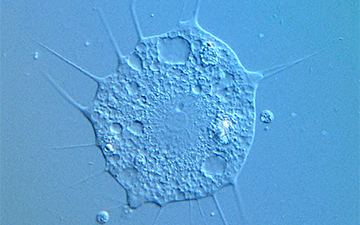
7 POINTS
Play: Ciliophrys has a MOVE of 1,and is considered a EUKARYOTROPH
Fact: Heliozoa is a type of amoeba that is spherical with stiff prjections (axopods) radiating outwards from its body.

Blepharisma
Ciliophora phyla

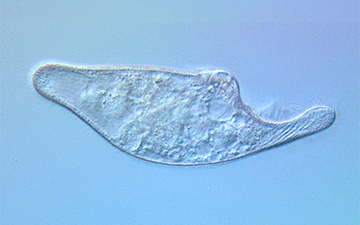
4 POINTS
Play: Blepharisma has a MOVE of 1, and is considered an HETEROTROPH
Fact: Cilates are characterized by the presence of hair like organelles called cilia.

Algae Bloom
Event Card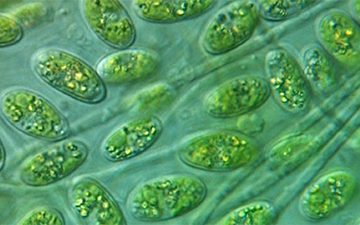
Play: Can be played for below effect and then discarded
Effect: You may remove any 2 AUXOTROPHS on the table and place them elsewhere at your disgression.

Anisonema
Euplotes genus

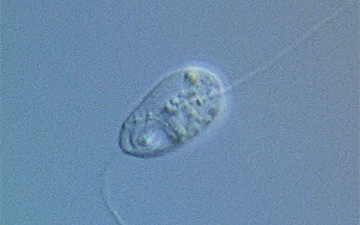
4 POINTS
Play: Anisonema has a MOVE of 1, and is considered an HETEROTROPH
Fact: Anisonema have two flagella which beat in different but coordinated ways

Actinophrys
Heliozoa type

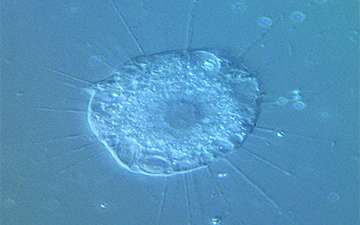
7 POINTS
Play: Actinophyrys has a MOVE of 1, and is considered a EUKARYOTROPH.
Fact: Heliozoa is a type of amoeba that is spherical with stiff projections (axopods) radiating outwards from its body.